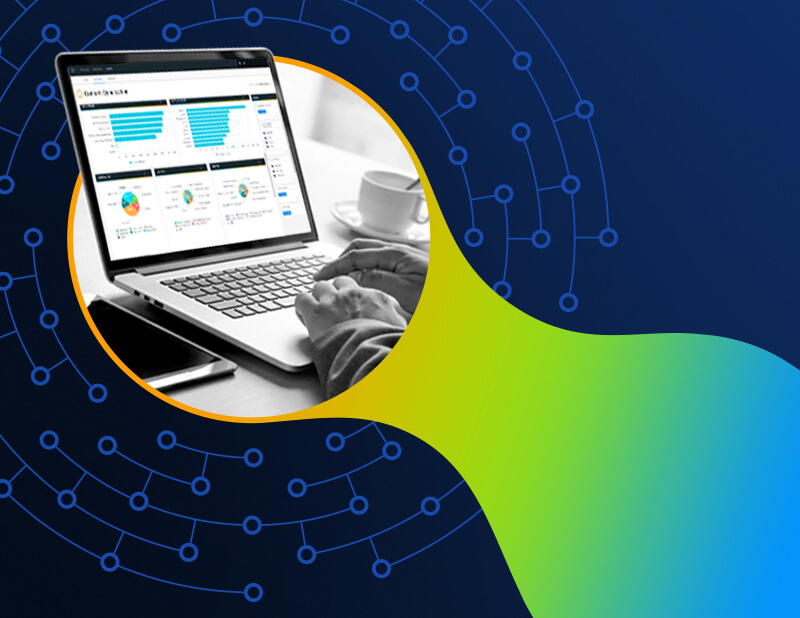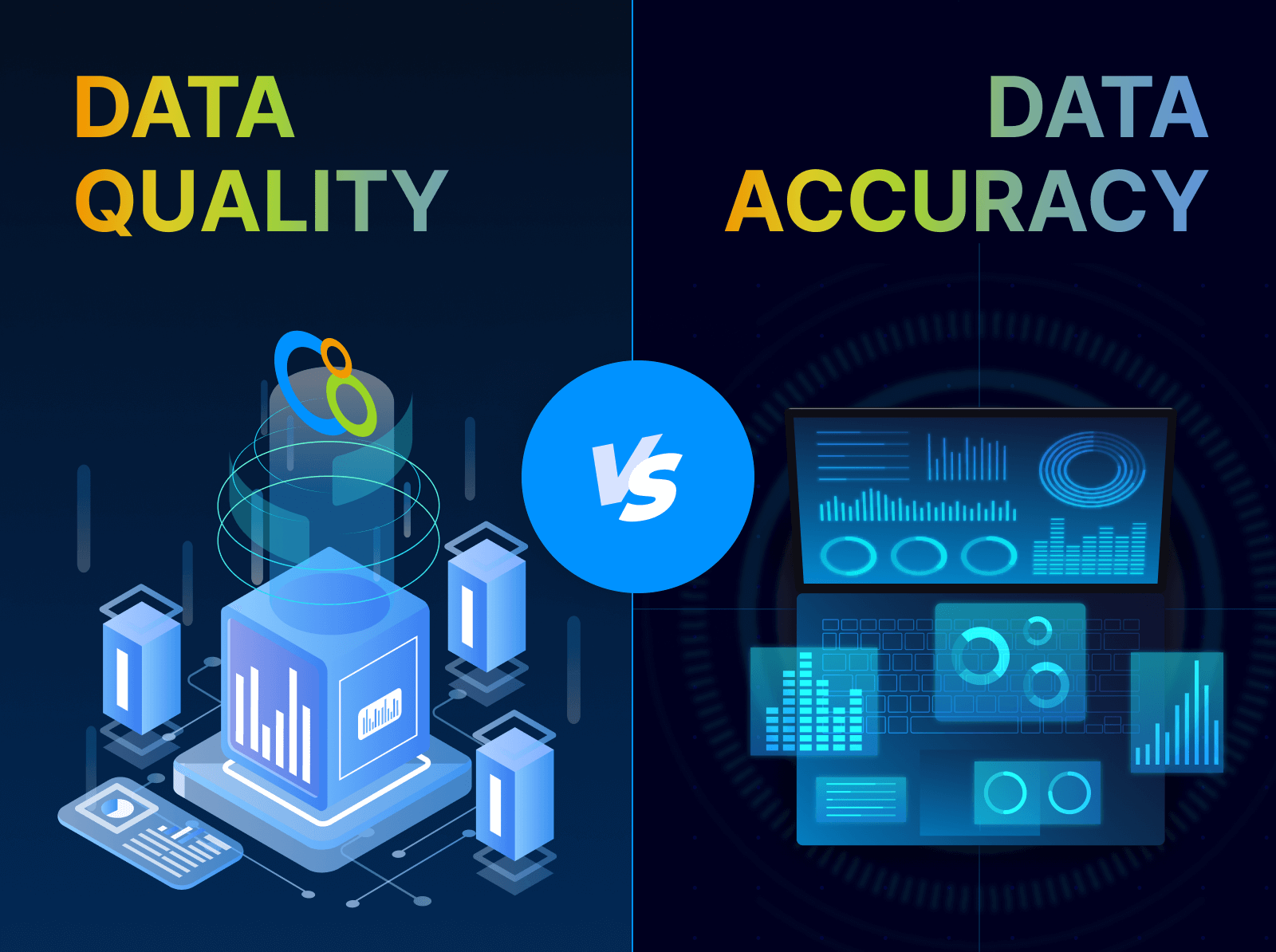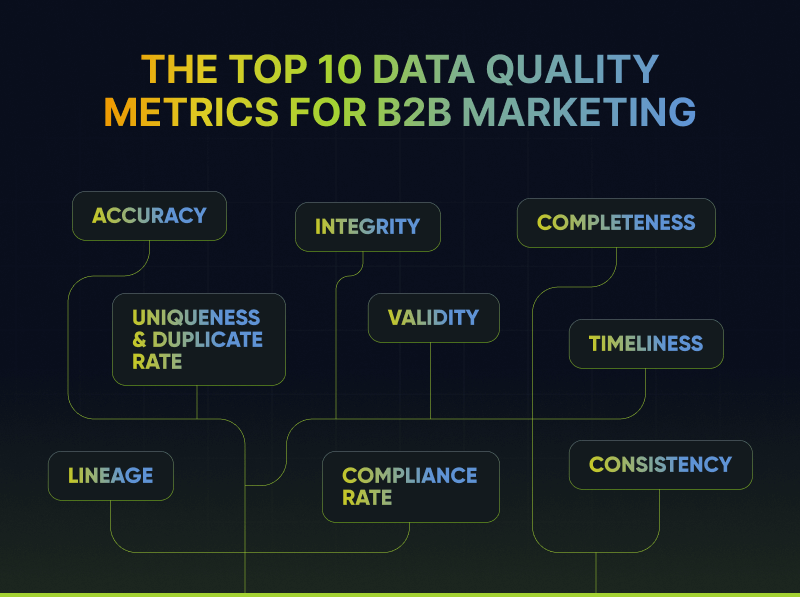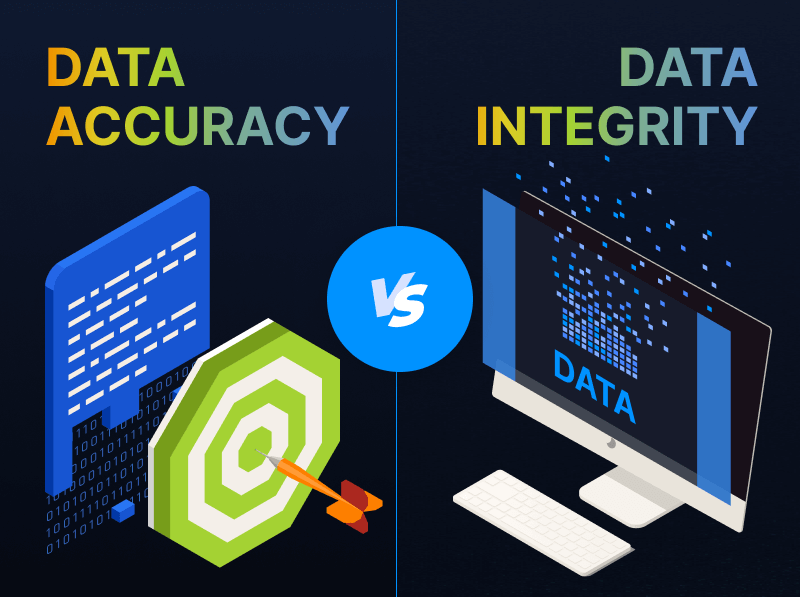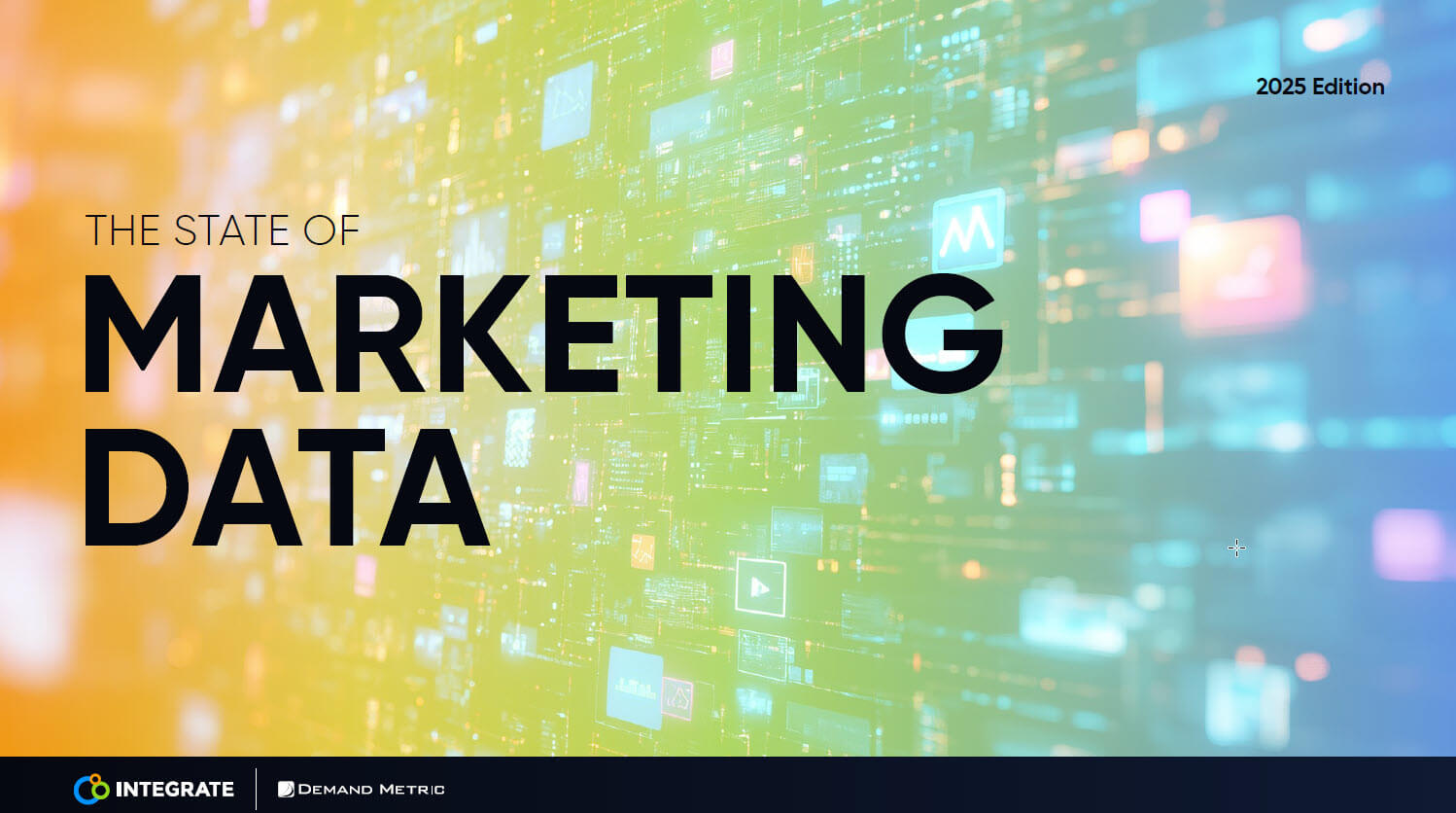Account-Based Marketing and Demand Marketing Convergence: The Next Big Bang
B2B marketers who have been around for a while have seen major shifts in both demand generation and account-based marketing strategic approaches and technology. Remember back in 2008 when broad-based demand generation was the dominant approach, supported by marketing automation platforms (MAPs). In 2015, the rise of account-based marketing (ABM) took B2B marketing by storm and opened the door to the emergence of current ABM platforms.
Discrete ABM and demand generation marketing approaches (and supporting technologies) have co-existed in marketing organizations for the past several years. But B2B marketers need to brace themselves for what’s coming. ABM and demand marketing are rapidly converging. The next big bang is here.
What’s Driving the ABM and Demand Generation Convergence?
There are a multitude of factors that are forcing ABM and demand generation marketing approaches together. The first is that demand marketing must become more precise. The inconvenient truth of broad-based demand generation is that it’s fundamentally inefficient. B2B marketers invest significant time and resources to attract buyers into a company-defined funnel and convert them into new opportunities. But the reality is that even under ideal conditions, Forrester data shows that only 2-5% of net new buyers come out of the funnel as closed/won opportunities. Adoption of ABM has shown that applying account insight to opportunities improves conversion rates. So better targeting can positively impact demand generation efforts.
But what about ABM? ABM has proved that a tight focus on accounts and their needs can have a large impact. But ABM is hard – and resource intensive – to scale. The volume of messaging and content customization, as well as data collection and account insights, required for truly impactful ABM efforts is prohibitively expensive to scale down to a broad audience. But because ABM programs have historically had great ROI, sales and marketing leaders are pushing for ABM at scale. This has led to B2B marketers developing “1: many” ABM programs that are inherently like traditional demand programs.
The final factor driving demand and ABM convergence are the changes in B2B buying behavior. B2B purchasing is increasingly a team sport. Forrester’s 2021 B2B Buying Study found that 63% of B2B purchase decisions that year involved more than four people, up from 47% in 2017. Buying groups now contain an average of 12-18 engaged buyers. Sales and marketing are shifting their focus to understand buying groups within accounts, identifying the people who make up buying groups, and tracking the level of engagement had with them. The old demand-centric view of lead volumes generated across a broad market segment is increasingly irrelevant.
Marketers Welcome Demand + ABM Convergence
B2B demand and ABM marketers see the value in the convergence that is occurring. Demand marketers are getting access to the technologies, data, and deeper insights that used to be the sole purview of ABM teams to improve their lead generation programs. At the same time, ABM teams are learning about successful demand tactics and multi-channel approaches (beyond display advertising) that they can apply to their ABM efforts. We are seeing that demand marketers are trying to get more precise while ABM teams are trying to gain scale.
From a technology perspective, the convergence of demand marketing and ABM allows marketing ops to rationalize and consolidate two martech silos. Traditional marketing automation platforms support demand generation activity but offer little ABM support. ABM platforms provide account lists and display advertising execution but lack full activation of other marketing channels. There is an opportunity to eliminate technology redundancies by consolidating on platforms that combine the execution scale of traditional MAPs with the precision targeting of ABM solutions. Another opportunity is to invest in solutions to measure activity and engagement at the buying group level rather than just tracking lead metrics.
According to Forrester, the percentage of marketers who want their ABM and demand efforts to converge is 82%, up from 54% just two years ago. Even more compelling: 61% say this convergence has already happened within their companies. In addition, nearly half of ABM platform users said they are open to consolidating on ABM tools and ditching their MAP.
Demand Generation + ABM = Precision Demand Marketing
Just like the original big bang, the collision of demand generation and ABM is going to release a lot of energy and change the environment around it. There is now an opportunity to define a new marketing approach. Integrate calls this new approach Precision Demand Marketing (PDM). Precision Demand Marketing combines the scale of traditional demand gen and the targeting skills of ABM to deliver connected buying experiences.
Effective PDM is based on five elements. The first is target, which is about putting your buying audience first in everything you do. It means really knowing your buyers, and understanding the roles that they play in buying groups at the accounts your company is interested in. Next is activate, which comprises meeting your buyers in the channels they use, when they are using them, and in the way they prefer. Then there is connect, which involves delivering the right messages and content at the right moment in a real person’s buying journey. There is then the need to measure and adjust PDM programs as needed. Finally, you need to govern, which means ensuring you have the data you need to execute the steps of PDM, and that the data is collected in a compliant manner to build trust with your buyers.
Aside from strategy, executing precision demand marketing requires having underlying marketing technology to bridge the gaps between the legacy MAPs and current ABM platforms, while collecting, validating, and rationalizing data from all possible marketing delivery channels. This provides the insights necessary to build effective, personalized buyer experiences.
In short, PDM means putting the right message, on the right channel, at the right time, in front of the right buyer to precisely build pipeline and a more engaging buying experience.
That’s what demand and ABM convergence is truly all about.
